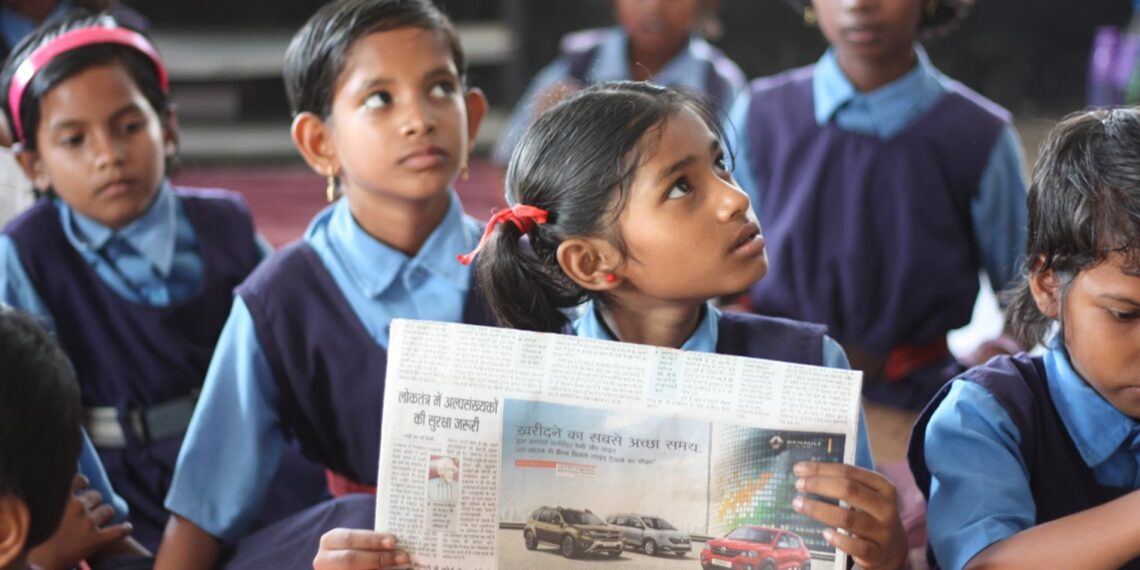GUWAHATI: In a concerning disclosure, the annual report on press freedom in India has unveiled distressing data, highlighting a surge in targeting journalists across the nation by various entities including state agencies.
The report, titled “India Press Freedom Annual Report 2023”, states that a staggering total of 226 journalists fell victim to targeting during the course of 2023.
Among the states and Union Territories, Delhi emerged as a hotspot for such incidents, with 54 journalists being targeted.
In the Northeast, Manipur topped the list with 22 cases, followed by Assam with 7, and Tripura with 2.
Compiled by the India Freedom of Expression Initiative (IFEI), the report also documents the loss of lives, with five journalists falling victim to violence perpetrated by non-state actors and criminals, including one in Assam.
Of particular concern is the targeting of female journalists, with 30 cases reported in 2023. Shockingly, Manipur witnessed five such cases.
The report highlights the distressing fact that a majority of these female journalists, numbering 23, were targeted by the police, facing actions ranging from arrest/detention to assault and raid on their residences.
Suhas Chakma, Coordinator of the IFEI and author of the report, expressed serious concerns, saying, “Real journalism has become the most dangerous profession in India. It is no longer the fourth pillar of democracy but the first pillar of target to establish a controlled democracy.”
The report also sheds light on the involvement of state actors in targeting journalists, with 148 cases reported. Delhi recorded the highest number of incidents at 51, followed by isolated cases in Assam and Tripura.
Among the harrowing statistics, 21 journalists were arrested/detained, 47 had First Information Reports (FIRs) registered against them, and 54 were summoned for questioning or faced harassment by police or public officials.
Manipur reported the highest number of FIRs against journalists in the Northeast, with 5 cases.
Chakma further highlighted the ominous trend of censorship codification in India during 2023.
He pointed to legislative measures such as the Press and Registration of Periodicals Act, 2023, which restricts the right to publish periodicals for those deemed to have acted against the security of the state, and the Broadcasting Regulation Services Bill, 2023, aimed at stifling electronic and social media.
“Additionally, the Information Technology (Intermediary Guidelines and Digital Media Ethics Code) Amendment Rules of 2023 grants the state undue control over the dissemination of information,” he adds.
However, amidst these challenges, there is a glimmer of hope. The Supreme Court’s decision to stay the Information Technology (Intermediary Guidelines and Digital Media Ethics Code) Amendment Rules, 2023, offers a ray of optimism for press freedom advocates in the country.















